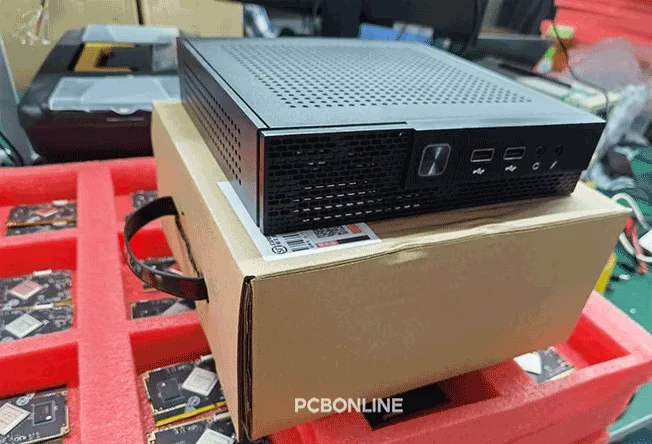
In this blog, we're diving into the heart of the Industrial Internet of Things (IIoT): the industrial IoT gateway. Think of it as the translator and traffic cop for all the data flowing between machines, sensors, and the cloud in factories and other industrial settings.
We will examine the main hardware components of an industrial IoT gateway, highlighting how each piece contributes to the device's performance and reliability. Let's break down the key components and see how they work together to make IoT a reality with an IoT gateway. Besides, you can learn about an IoT PCBA manufacturer that provides turnkey PCB assembly for IoT devices, including industrial IoT gateways.
Main Components of an Industrial IoT Gateway
The main components of an IIoT gateway include the CPU, RAM, communication module, ferrite beads, protocol conversion module, GPS module, Fieldbus interfaces, external antenna port, remote management module, edge computing module, security module, power supply module, and enclosure.
1. The Brain: The CPU (Central Processing Unit)
The CPU acts as the central hub of the industrial IoT gateway, managing instructions and coordinating data flow between connected devices. In industrial environments, it's crucial for the CPU to be both powerful and efficient to handle the continuous stream of real-time data from various sensors and machines.
ARM-based or x86 processors are commonly preferred due to their balance between performance and energy efficiency. A dependable CPU ensures that the gateway can quickly process data on-site for immediate action or forward it to the cloud for more extensive analysis, keeping operations running smoothly.
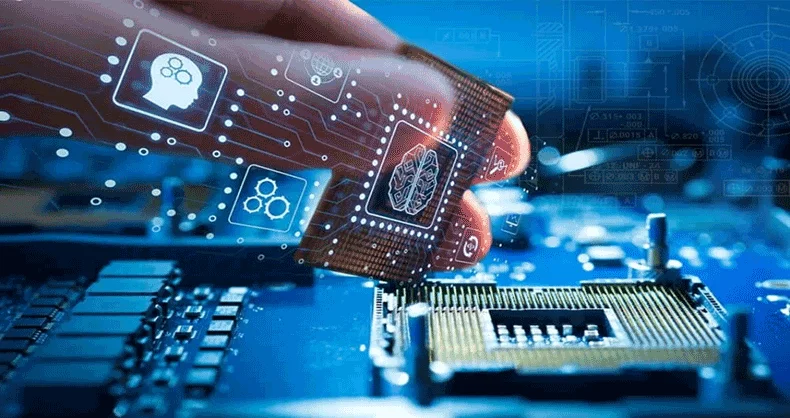
2. The Memory: RAM (Random Access Memory)
In industrial IoT systems, managing large volumes of real-time data is crucial. RAM acts as a temporary workspace for the data, enabling the CPU to access and process it quickly.
The more RAM available, the better the IIoT gateway can manage multiple data inputs from sensors and devices without experiencing slowdowns.
In demanding industrial environments, where even minor downtime can be costly, having sufficient memory is vital. It maintains smooth data flow and avoids performance issues that could disrupt operations.
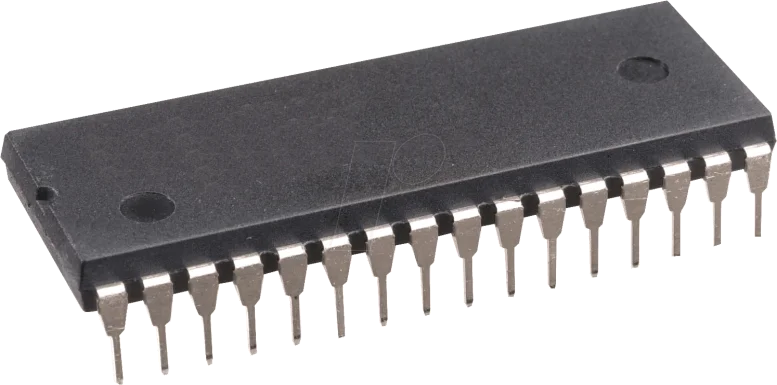
3. The Communicator: Communication Module
A vital function of an IIoT gateway is to establish connections with both sensors and cloud infrastructures, made possible through its communication module.
To communicate with sensors and industrial devices, the gateway uses a range of technologies, including Ethernet, (RS232/RS485), USB, Bluetooth Low Energy (BLE), ZigBee, and low-power wide-area network (LPWAN) solutions like LoRa and Sigfox. These connections allow the gateway to efficiently collect real-time data from various sensors, machines, and equipment.
For cloud communication, the gateway employs technologies, such as Wi-Fi, 4G/5G, and NB-IoT, to securely transmit processed data to IoT platforms, such as Microsoft Azure, Amazon Web Services (AWS), Google Cloud Platform (GCP), IBM Cloud, and Thingsboard. It facilitates further analysis, storage, and remote management.
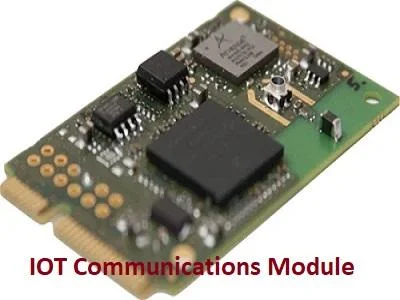
4. Ferrite Beads: Essential Component for EMI and RFI Shielding
Integrating effective grounding and radio frequency interference (RFI) shielding in PCB design is vital for reducing electromagnetic interference (EMI) and preserving signal integrity. A continuous ground plane provides a low-impedance return path that minimizes noise and enhances electrical performance.
To address RFI, shielded enclosures protect sensitive components from unwanted RF signals.
Utilizing ground via stitching links multiple ground planes across layers, containing high-frequency signals and preventing radiation.
Positioning EMI-sensitive components near the ground plane maximizes their shielding, while a star grounding configuration reduces ground loops by converging all grounds at a single point.
The above-combined strategies significantly boost the resilience and reliability of PCB designs against external electromagnetic disturbances.
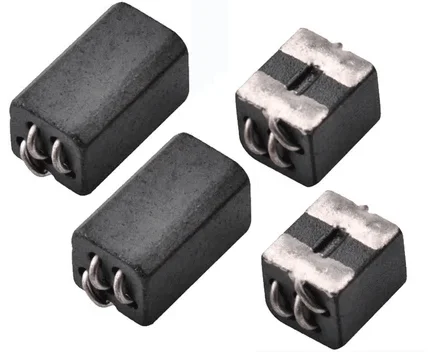
5. The Language Translator: Protocol Conversion Module
In industrial environments, a variety of devices often communicate using different protocols. The protocol conversion module addresses this challenge by translating data between standards like Modbus, MQTT, OPC-UA, CAN bus, DNP3, and BACnet, enabling seamless interaction among devices.
Protocol conversion is essential for integrating legacy systems with modern IoT platforms, allowing businesses to upgrade their operations without the high costs of complete overhauls.

6. GPS Module
Many gateways integrate GPS functionality, tracking, and managing geographically dispersed or mobile assets. For sectors like transportation and logistics, real-time location data is crucial for monitoring fleet movement and optimizing routes.
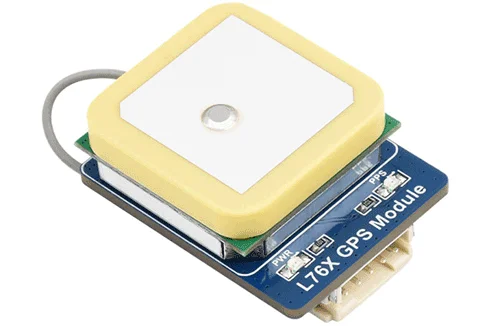
7. Fieldbus Interfaces
IIoT gateways often come equipped with industrial communication protocols, such as Modbus, CAN bus, or PROFIBUS, enabling integration with existing industrial systems. Fieldbus Interface allows the gateway to interface with legacy machines and equipment, providing seamless data collection and control over different generations of technology.
8. External Antenna Ports
For environments with weak network signals, some IIoT gateways include external antenna ports, allowing for the connection of more powerful antennas. They help boost signal strength, improving connectivity in challenging locations and ensuring uninterrupted communication.
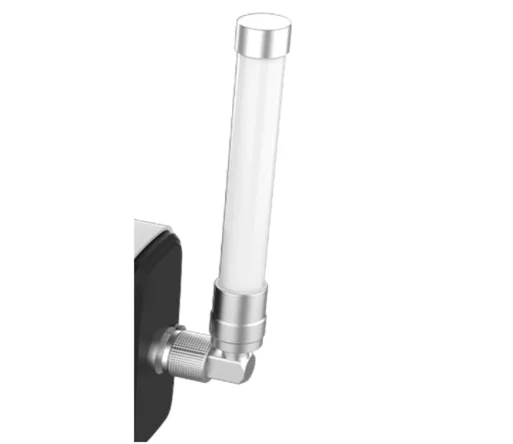
9. Remote Management Module
Industrial IoT gateways are typically equipped with a remote management module to maximize downtime and enable proactive maintenance.
It allows system administrators to monitor, configure, and update the gateway remotely, ensuring uninterrupted operations. Besides, it enables remote troubleshooting, firmware updates, and evaluations of the IIoT gateway without on-site visits.
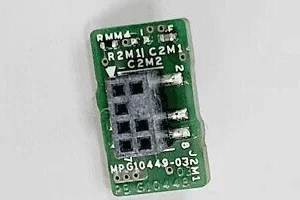
10. Edge Computing Module
The edge computing module empowers the IIoT gateway to handle data processing at the local level, close to its source, rather than relying on the cloud for all operations.
By executing analytics and filtering out unnecessary information onsite, the edge computing module significantly lowers latency and boosts response times. It is vital for applications that demand immediate decision-making.
Additionally, edge computing helps conserve bandwidth by only sending relevant data to the cloud. This is an indispensable feature for industries focused on operational efficiency. However, this capability is not available in every industrial IoT gateway.

11. Safety and Security Module
The safety and security module in industrial IoT environments serves as a defense mechanism against cyber threats.
By implementing robust encryption algorithms, secure boot procedures, tamper-resistant hardware, and in-transit encryption for data transmission, the safety and security module provides a comprehensive defense against unauthorized access, data breaches, and malicious attacks.
12. Power Supply Module
The power supply module can be found in industrial IoT gateways in environments with demanding electrical requirements. These gateways often use both AC and DC power inputs, featuring integrated voltage regulation circuits to provide stable and precise power.
To ensure high availability, many gateways incorporate features such as uninterruptible power supplies (UPS), redundant power inputs, or failover mechanisms to maintain continuous operation during power fluctuations or outages.
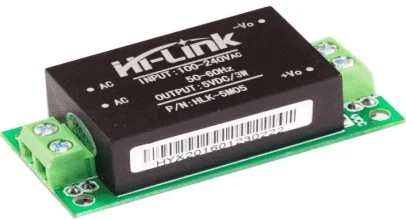
13. Enclosure and Thermal Management
In tough industrial environments, IoT gateways must be designed to handle extreme conditions such as high temperature, dust, and moisture. The enclosure is typically constructed from durable materials like aluminum alloys or heavy-duty plastics to protect the internal components from environmental hazards.
Managing heat is also important, as overheating can compromise performance or cause permanent damage. To prevent overheating, IIoT gateways incorporate thermal management features like heat sinks, PCB busbars, convection cooling, or specialized venting to effectively dissipate heat, keeping the device running smoothly even in harsh operational settings.

Industrial IoT PCBA Manufacturer PCBONLINE from R&D to Box-Builds
For electronics manufacturing for industrial IoT devices, including the IIoT gateways and its modules, you can work with PCBONLINE for one-stop EMS (electronic manufacturing service) solutions from prototypes to mass production.

PCBONLINE is a PCBA (printed circuit board assembly) manufacturer focusing on IoT fields. It is a PCBA source factory manufacturer, having two large advanced PCB manufacturing bases, one PCB assembly factory, stable supply chains, and an R&D team.
You can turn your initial idea into real IoT devices under one roof by working with PCBONLINE, including R&D, prototype/sample, PCB fabrication, component sourcing, PCB assembly, PCBA value-added, enclosures, box-build assembly, and application simulation testing.
PCBONLINE offers free DFM (design for manufacturing) and one-on-one engineering support for IoT projects and ensures the success of manufacturing and device/module functions.
The experienced engineers at PCBONLINE can precisely control the reflow and wave soldering oven temperatures and design the jigs for PCB fabrication and assembly best for successful and smooth manufacturing processes.
PCBONLINE has long-term cooperation with the top 3 mold and enclosure manufacturing factories to provide accurate and high-quality molds for PCBA manufacturing and enclosures for box-build assembly.
High-quality IoT PCBA manufacturing certified with ISO 9001:2015, ISO 14001:2015, IATF 16969:2016, RoHS, REACH, UL, and IPC-A-610 Class 2/3.
Whether you want PCBAs or box-builds for IIoT gateways or any other IoT devices, you can work with PCBONLINE for one-stop manufacturing solutions. To get a quote for your IoT project, please contact info@pcbonline.com.
Conclusion
The IIoT gateway is like a bridge between industrial devices and the internet. It connects different devices and sends information to the cloud for analysis. If you need one-stop electronics manufacturing solutions for any of your IoT projects, such as the IIoT gateway and its modules, chat with PCBONLILNE from the online chat window.
PCB assembly at PCBONLINE.pdf




